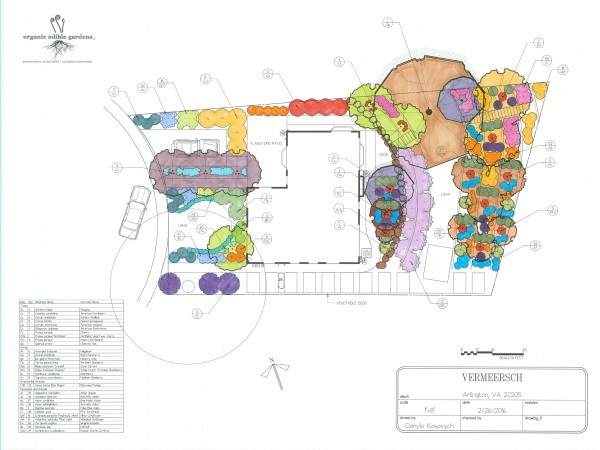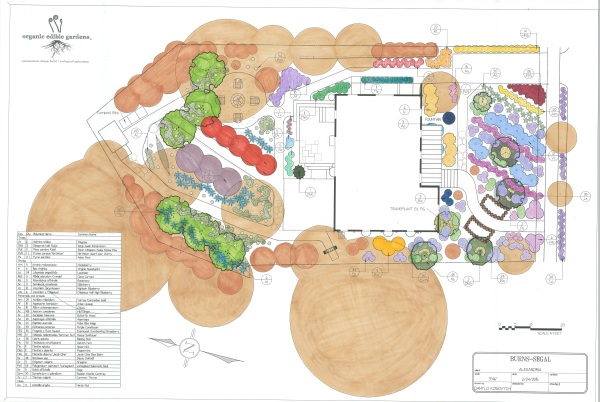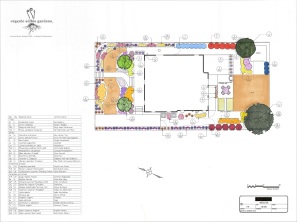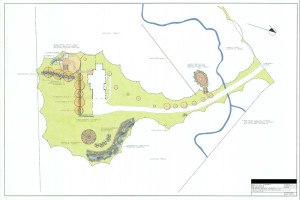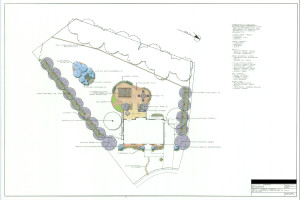Rainwater Collection Using the Earth, Not Rain Barrels
By Danylo Kosovych and Organic Edible Gardens LLC
When it comes to rainwater collection the first thing people think about are rain barrels but you don’t need a barrel to collect rain water. Rain barrels are useful if you want to store water and use it for irrigation but for storm water management they are dwarfed by amount of rainfall that falls in the average storm. Once inch of rain falling over a 1000 square foot roof produces 600 gallons of water. A 50 gallon rain barrel only catches 1/12 of the water. A 600 gallon water tank is not only large and obtrusive but also expensive.
Not to worry, rainwater collection can be achieved in multiple ways without using a container at all. Below are examples of multiple ways we have collected rainwater using the earth as the container.
You can catch rain water in a swale:


A swale is a depression in the earth, dug on contour and linear in shape, therefore adept at catching runoff. This client had runoff problems from their neighbor. We created a swale along the property line to catch and infiltrate the runoff before it entered their property. The Elderberries and Aronia benefit from the additional water.
You can catch rain water in a rain garden:


A rain garden is a bowl shaped depression that works well to catch stormwater from a downspout. We later planted this one with Aronia, Low- Bush Blueberries and native perennial flowers. The soil in the center is deeply tilled and the water infiltrates rapidly, while the plants benefit from the additional water.
Or you can use perforated pipe to leach rain water into the soil:


This is a vegetable garden which we created on contour and directed the roof runoff into a perforated pipe and buried the pipe in gravel. All of the water from the roof infiltrates into the soil and waters the vegetable beds.


Here we used the same principal with the infiltration pipe but planted columnar apple trees on top of the pipe. Now the water from the roof irrigates the apple trees.

